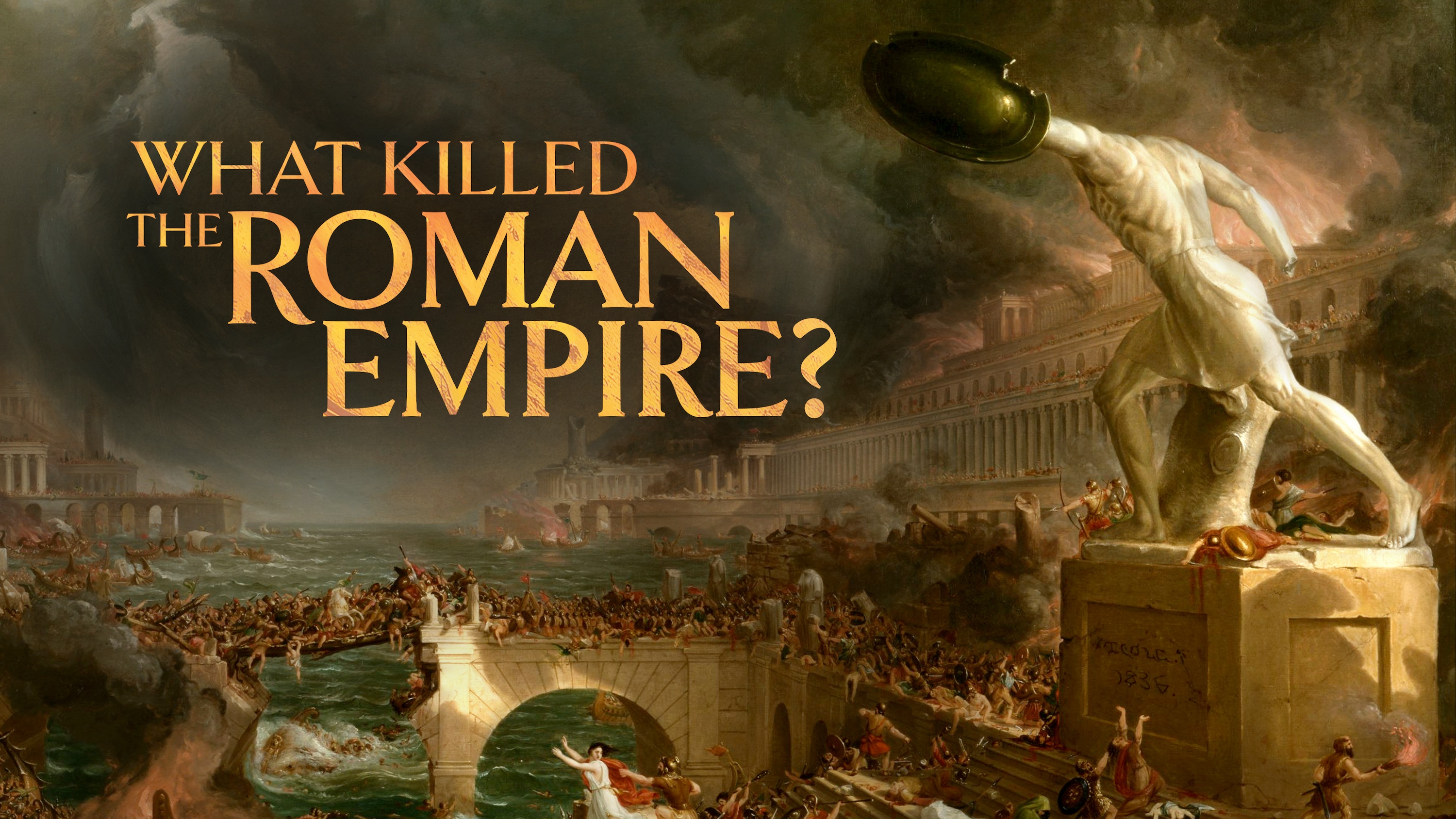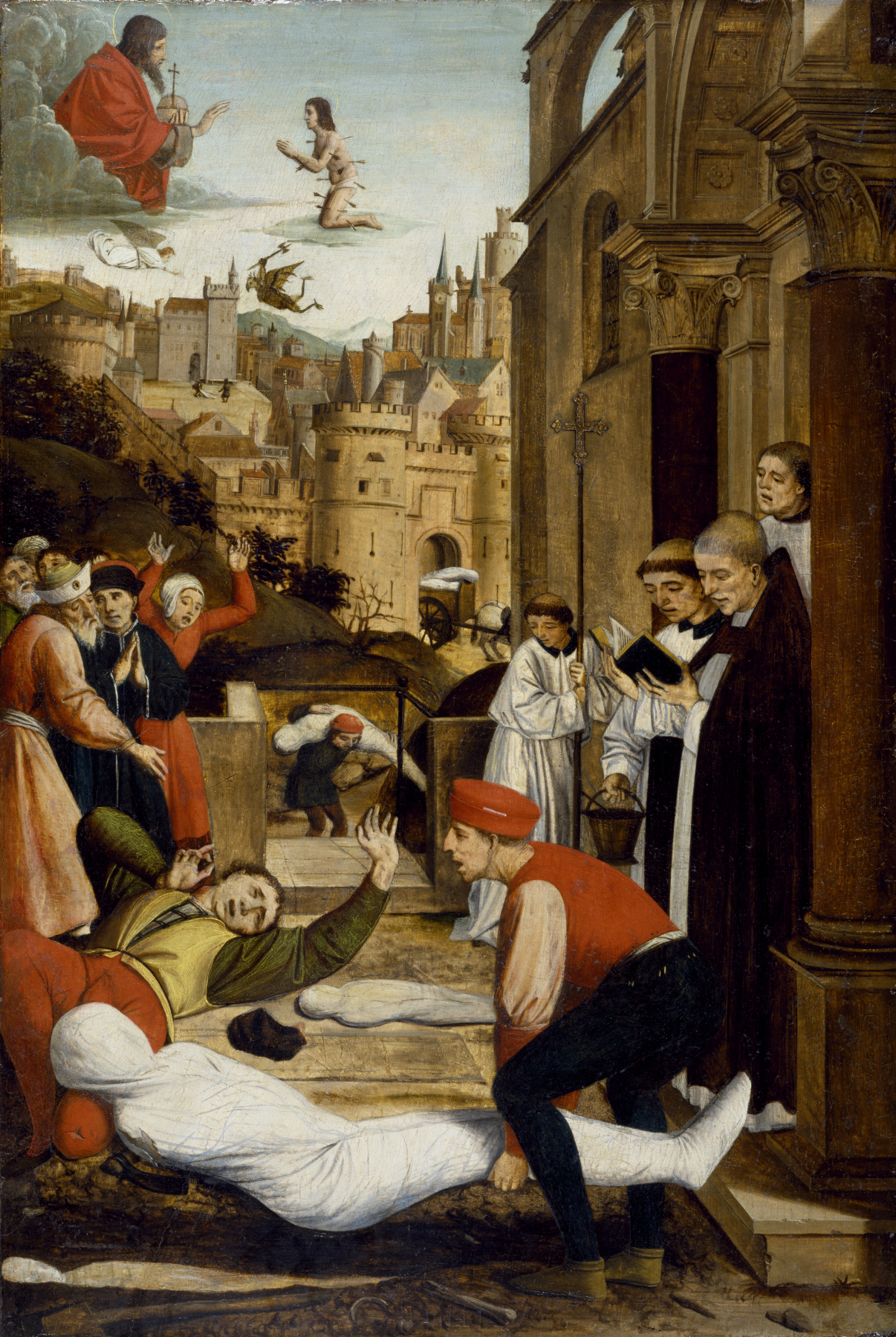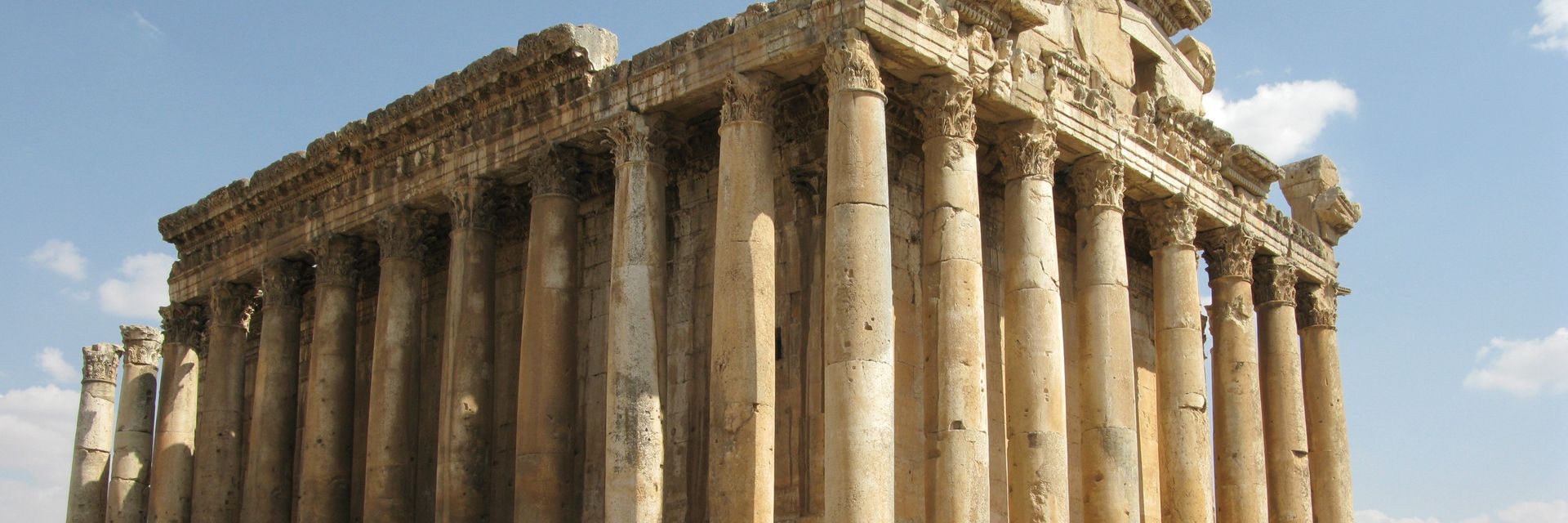The end of the Roman Empire may well have had causes we’ve never considered.
◊
How refreshing to watch a documentary about the last years of the Roman Empire that doesn’t solely rely on the well-trodden tropes of corruption, decadence, and moral degeneracy. What Killed the Roman Empire?, premiering January 2 on MagellanTV, offers a novel and compelling approach that I found persuasive: What was the role of forces beyond human control – namely climate change and disease – in contributing to the Empire’s decline?

Coming January 2 on MagellanTV!
Disease and Climate Upheaval: Two Forces Beyond Politics
This perspective feels particularly relevant in the 21st century, as we grapple with global challenges like the seemingly inexorable progress of climate change and the fallout from the worldwide pandemic of COVID-19. The consequences of environmental shifts, such as desertification and dwindling water resources, are already driving population displacements and sparking regional tensions over land and freshwater access. Meanwhile, the social and economic disruptions caused by the contained-but-not-conquered outbreak of COVID and its variations continue to reshape politics and global leadership. The parallels of the struggles of ancient Rome to our time are sobering, to say the least.
In fact, the so-called “decline and fall” of the Roman Empire may have had more to do with these factors than we’d previously thought. This brisk, hour-long documentary presents an intriguing investigation of the groundbreaking scientific techniques used to unravel these mysteries and secrets of the past.
What Killed the Roman Empire? sheds light on how environmental and epidemiological upheavals destabilized the Roman world. Military defeats often coincided with outbreaks of disease, weakening the Empire’s ability to defend its borders. For instance, the Antonine Plague, likely caused by smallpox, devastated the Empire during Marcus Aurelius’s reign, killing up to 20 percent of the population. And Icelandic volcanic eruptions in the mid-sixth century cooled the climate by up to 3°C (37°F), causing crop failures, famine, and social unrest. By the time of Emperor Justinian (527–565 CE), repeated waves of the bubonic plague further eroded Rome’s capacity for recovery.
 The “Plague of Justinian” killed people throughout the late Roman Empire, beginning in 541 CE. (Artwork: Saint Sebastian Interceding for the Plague-stricken, Josse Lieferinxe, 1497-99, collection of Walters Art Museum, via Wikimedia Commons)
The “Plague of Justinian” killed people throughout the late Roman Empire, beginning in 541 CE. (Artwork: Saint Sebastian Interceding for the Plague-stricken, Josse Lieferinxe, 1497-99, collection of Walters Art Museum, via Wikimedia Commons)
Have you ever heard of a dendrochronologist? Well, you’ll be introduced to scientific specialists in that field as well as forensic archaeologists and historians. Dendrochronologists analyze tree rings to reconstruct historical climate patterns, while forensic archaeologists study ancient skeletons for evidence of disease. Newly uncovered burial sites provide a treasure trove of data, allowing historians to map plagues and environmental shifts directly onto Rome’s timeline. If you know anything about the history of the Roman Empire up to the sixth century CE, you are likely to be surprised by the findings.
The film builds a credible case that the fall of the Roman Empire was as much a story of environmental catastrophe and pandemic as it was of political corruption and barbarian invasions. If you enjoy ancient history reimagined through the lens of science, you may find this documentary, as I did, a fascinating and thought-provoking watch.
Ω
Kevin Martin is Senior Writer and Associate Editor for MagellanTV. A journalist and communications specialist for many years, he writes on various topics, including Art and Culture, Current History, and Space and Astronomy. He is the co-editor of My Body Is Paper: Stories and Poems by Gil Cuadros (City Lights) and resides in Glendale, California.
Title Image: Ruins of the Roman temple of Bacchus, Baalbek, Lebanon (Source: © Vyacheslav Argenberg, via Wikimedia Commons)

